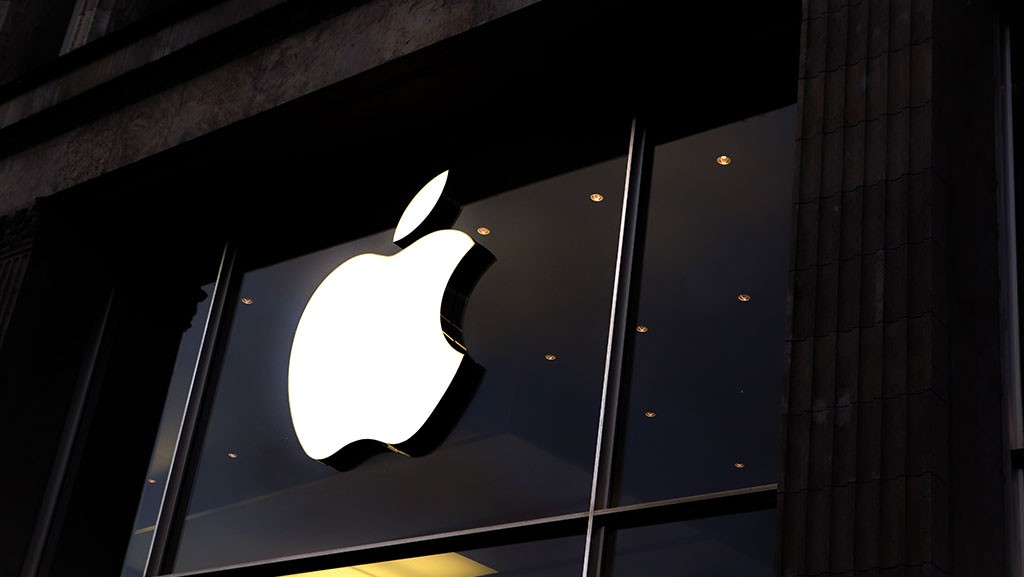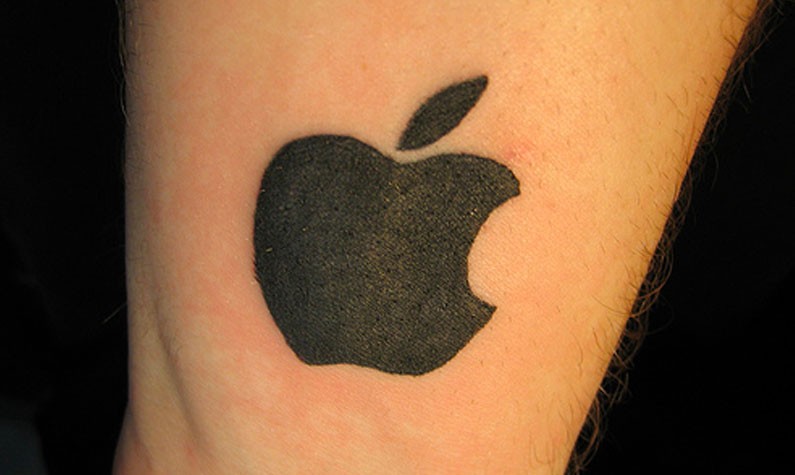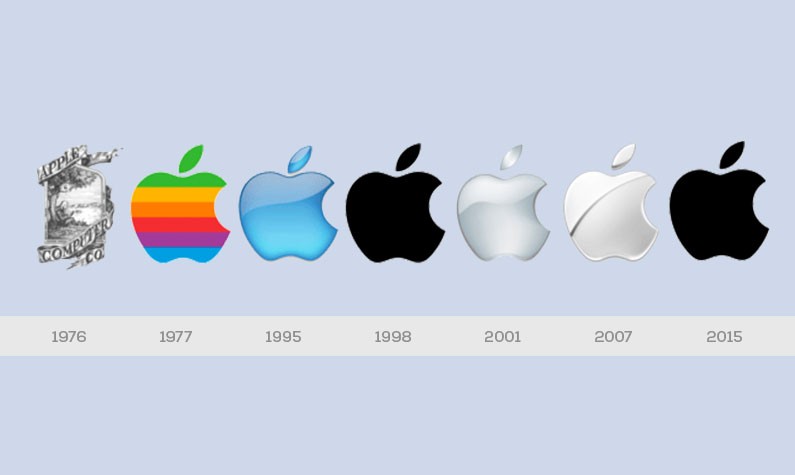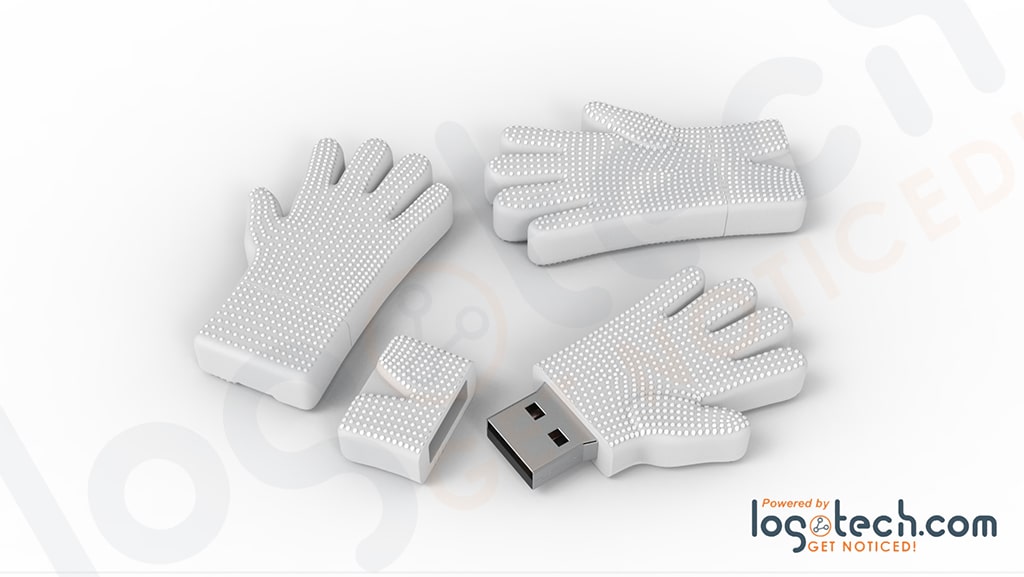
Love at First Byte: The Story of the Apple Logo
So much has been written about the late Steve Jobs and the miraculous inventions (iPod, the iPhone and the iPad tablet) that have transformed our lives. All were spearheaded by Jobs himself and Apple, the company with the deceptively simply name but the oh-so-innovative consumer electronics that he founded in 1976.
As of May 2013, Apple maintains 408 retail stores in 14 countries, as well as the online Apple store and iTunes store. Apple is also the largest publicly traded corporation in the world by market capitalization. And in May 2013, Apple entered the top 10 of the fortune 500 list of companies for the first time.
Ask for help
So what was the secret to Jobs' incredible success? Firstly, he always believed that successful people never stop trying. He was never afraid to ask for help. In 1977, aged just 22, he phoned up Bill Hewlett from Hewlett Packard after finding his number in the phone book. Hewlett picked up the phone himself. Jobs told him he wanted to build a frequency counter and wondered if Hewlett had spare parts. Jobs not only got the spare parts, but he also landed a job putting together nuts and bolts on the assembly line!

Jobs said he always tried to repay that debt of gratitude. He advised others to ask for help and noted that the unsuccessful often fail to do so. "Most people never pick up the phone," he once remarked. He also said it wasn't enough to work hard and appoint great people around you."You've got to act and be willing to fail. If you're afraid of failing, you won't get very far."
An iconic advert
It was in 1984 that Jobs, then facing ruthless competition from IBM, introduced the Apple Macintosh personal computer. He did so through a disturbing advert aired during the Super Bowl showing a free-spirited runner, with a T-shirt emblazoned with the Macintosh surrounded by indoctrinated minions out of a nightmare setting, rather like George Orwell's 1984. (Good timing!)
The advert, directed by Ridley Scott, was a great success. Jobs became Apple's most visible spokesman. Yet just one year later, he was sacked ironically by someone he had appointed himself! He rejoined the company 11 years later, steering the company away from near bankruptcy to dizzying heights. With the new range of mega-popular products, Jobs' tenure as CEO was one of the most remarkable turnarounds in a company's history.
Simple but effective
In any business, a good logo is vital. It has to have instant associations and, ideally, some subliminal messages. It also helps if it stirs a little discussion. The first Apple logo was too busy and featured Isaac Newton sitting under a tree, an apple dangling precipitously above his head. But the Apple logo that quickly replaced it with green at the top and rainbow stripes prompted endless speculation. Did it represent the forbidden fruit of knowledge? Was Jobs encouraging people to bite into temptation? The existing bite, of course, almost invites you to take another bite. The underlying message is someone has already bitten a piece off, so why not do the same? Others commented on the pun: the bite of an apple and the byte of digital information.
Some wondered whether Jobs was referencing Alan Turing (the father of computer science), who probably committed suicide by biting into an apple laced with cyanide. Was the apple a homage to the doomed mathematician and code-breaker? Others looked at Jobs' lifestyle. He defied fashions and traditions; his home had a minimalist design, devoid of tables or chairs. He was also a vegan who believed that simple living brought spiritual enlightenment and clarity of mind. This line of thinking is cited in Walter Isaacson's posthumous biography based on an interview with Jobs himself.

And the reason for the bite? The truth is more prosaic than the legend. In a 2009 interview, Rob Janoff, the man who drew the logo, said that bite is there for scale so that a small Apple logo still looks like an apple, not a cherry.
When Jobs returned to Apple, he replaced the rainbow-colored fruit with the monochrome logo. Again, this probably had more to do with functionality than aesthetics. A multi-colored design on metal would look strange on an iMac.
Still, like all the best logos, it gets people thinking. And it is as enigmatic and ambiguous as Steve Jobs, the genius who transformed how we live today.
Every day, even more products to transform our lives come into the market to make us more productive and protect our computers. Check out all of the technology promotional products Logotech has to offer.








